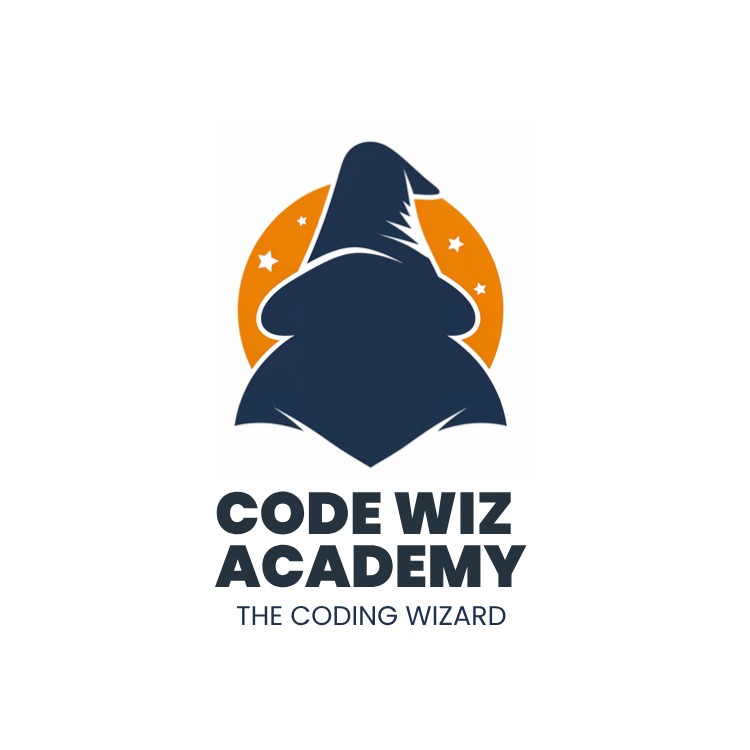Programming Languages
Language as we all know is the primary means of communication. Communication is a two way street that should be embraced to understand each other’s thoughts and feelings. It requires a sender, a message, a medium and a receiver.
If we do not understand a common language, it can be a barrier in understanding each other. In which case, we need a translator who can communicate in both the languages to understand the message.
What language does the computer understand? Ever wondered?
The language of computer is of binary code i.e. 0s and 1s, whereas, we give commands in English (or our own natural language). Then how does the computer execute the commands that we ask it to perform?
Different languages are used to communicate with the computer. A translator (specific to the language) is used to convert our commands into binary code which is then understood by the computer to perform a specific action.
These translators are specific to the programming language that we use. For example: C++ will have a different translator than Java.
Programming languages
Now we know computer only understands the language of 0s and 1s, which is also known as the binary language. Every digit, alphabet in capitals, alphabet in small or symbol is represented using a combination of 0s and 1s which forms the binary code. This is known as the machine language. This is the first generation language for the computer.
Assembly language is similar to the machine language but it uses Symbolic code to communicate with the computer system. It is known as the low level language. Some of the symbolic codes include MOV,ADD,AND,etc. This is the second generation language for computer. This is beyond our scope of learning in this course. So we shall not get deep into it.
High Level Language is the language that uses English language like statements. They are easy to understand by the humans and are widely used for the purpose of programming. The code written in a high level language is interpreted or translated into machine language for the computer to understand and perform a specified task. These languages include FORTRAN, COBOL, C, C++, Java, Pascal, .Net and many more.
These are classified under third generation and later of programming languages.




